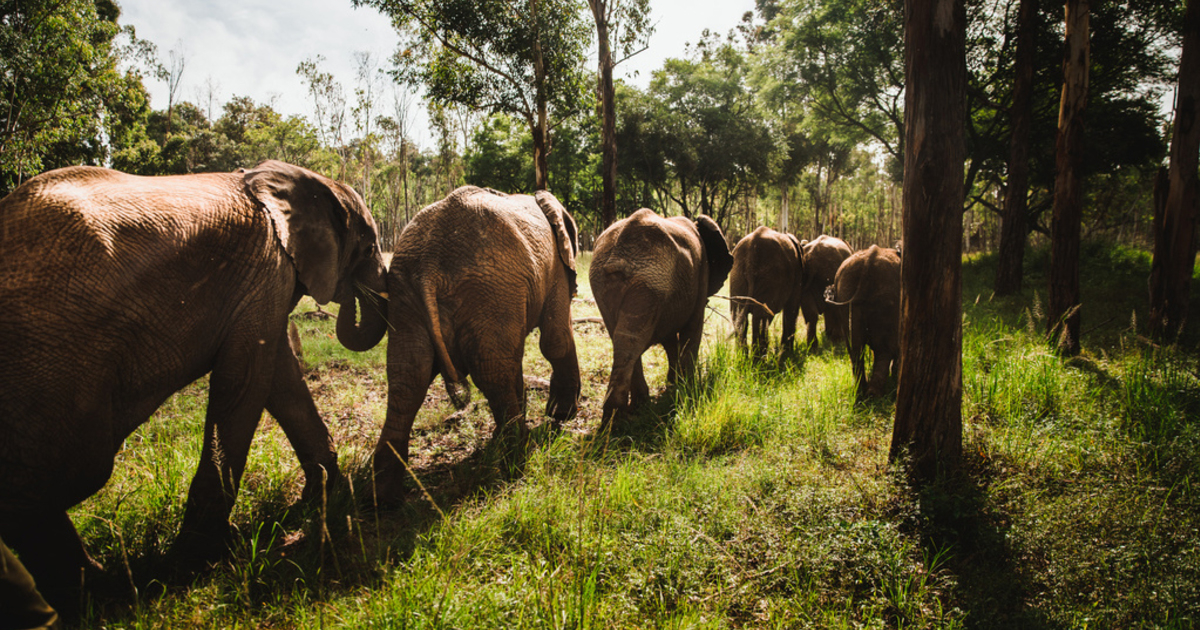Elephants, with their majestic presence and immense strength, play a crucial role in shaping the biodiversity of savannas and forests. These gentle giants are not just iconic symbols of wildlife; they are also essential ecosystem engineers, shaping their habitats in profound ways. As they move through the landscape, elephants clear paths and create openings in dense vegetation, allowing sunlight to penetrate and reach the forest floor. This act of clearing creates opportunities for smaller plants to thrive, as they are no longer overshadowed by taller vegetation. Additionally, the spaces created by elephants provide vital corridors for other wildlife species to navigate and access resources, contributing to the overall health and resilience of the ecosystem.
Competition among plants for essential resources such as nutrition and sunlight is a fundamental aspect of ecosystem dynamics. In densely packed environments, taller plants often outcompete shorter ones for access to sunlight, leading to a stratified canopy structure where only the tallest trees receive sufficient light. However, the presence of elephants disrupts this hierarchy by creating gaps in the canopy, allowing sunlight to filter through to the forest floor. This redistribution of sunlight benefits a diverse range of plant species, including smaller shrubs and grasses, which play critical roles in providing food and habitat for various animals.
Moreover, elephants further contribute to ecosystem engineering through their foraging behavior. As they browse on vegetation, elephants shape plant communities by selectively feeding on certain species while sparing others. This selective grazing can influence the composition and distribution of plant species, promoting diversity within the ecosystem. Additionally, elephant dung serves as a valuable source of nutrients for soil fertility, supporting the growth of plants and contributing to overall ecosystem productivity.
In savannas, where competition for resources is particularly intense, elephants play a unique role in maintaining ecosystem balance. By uprooting trees and shrubs, elephants create patches of open grassland known as "elephant lawns." These clearings provide valuable feeding grounds for a variety of herbivores, including antelopes and buffalo, which rely on open spaces for grazing. Furthermore, the disturbance caused by elephants stimulates the regeneration of vegetation, promoting the growth of nutrient-rich grasses that sustain diverse herbivore populations.
In conclusion, elephants are more than just charismatic megafauna; they are vital agents of ecosystem engineering. Through their foraging, movement, and interactions with their environment, elephants shape the structure and function of savannas and forests, creating habitats that support a rich diversity of plant and animal life. Protecting elephant populations and preserving their habitats is not only essential for the survival of this iconic species but also for maintaining the health and resilience of ecosystems worldwide.
